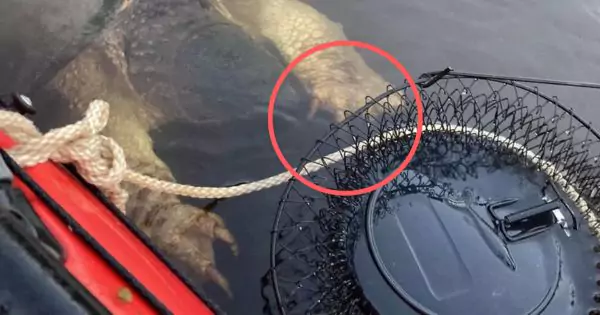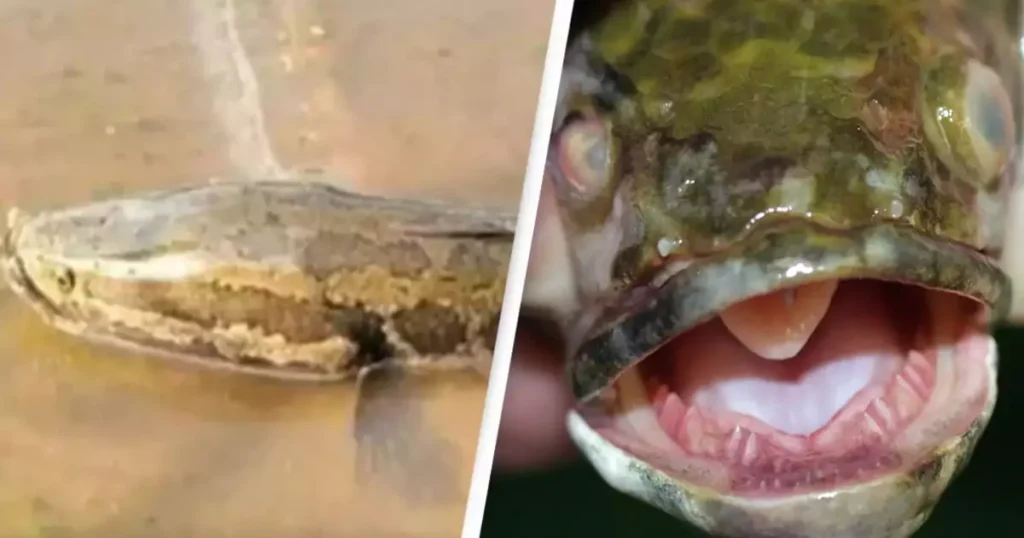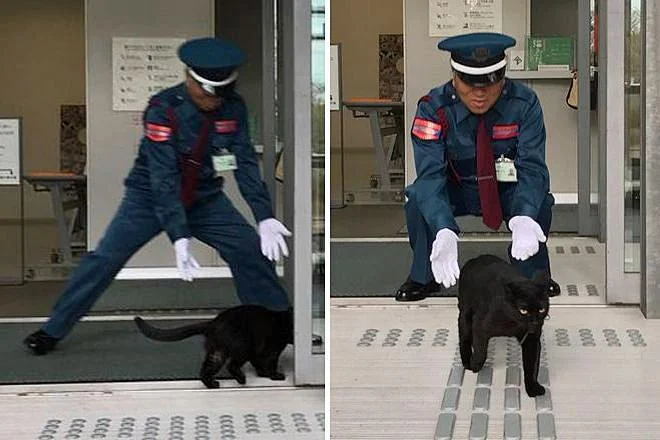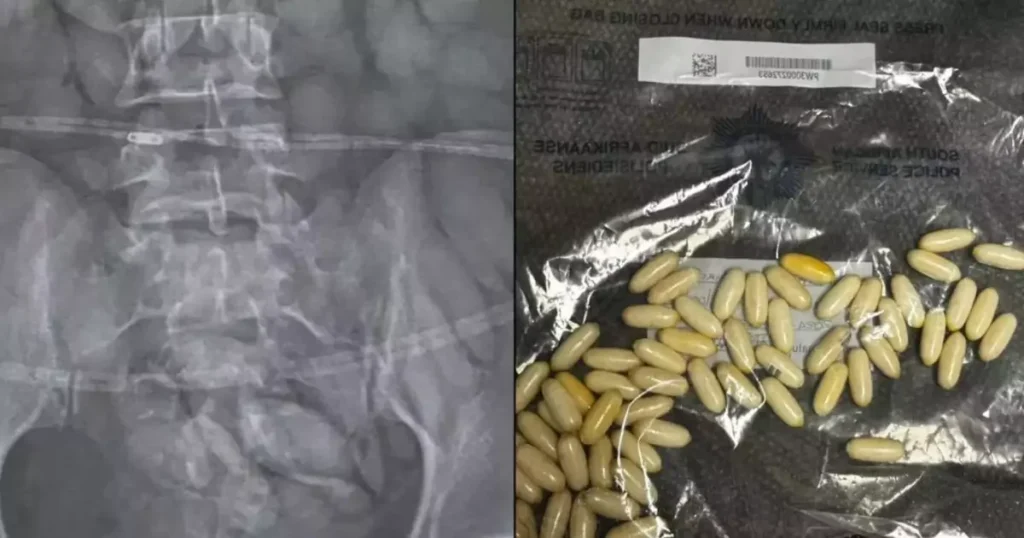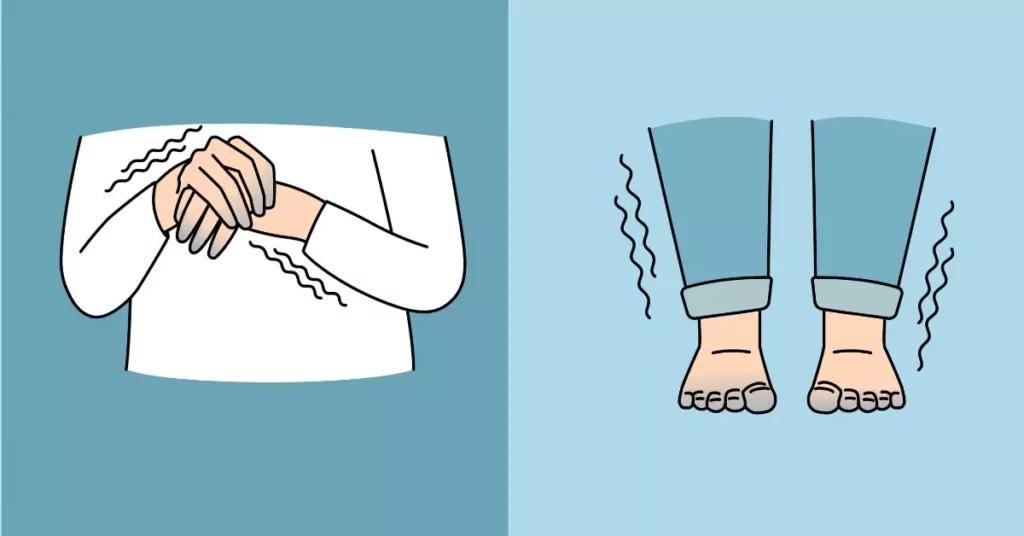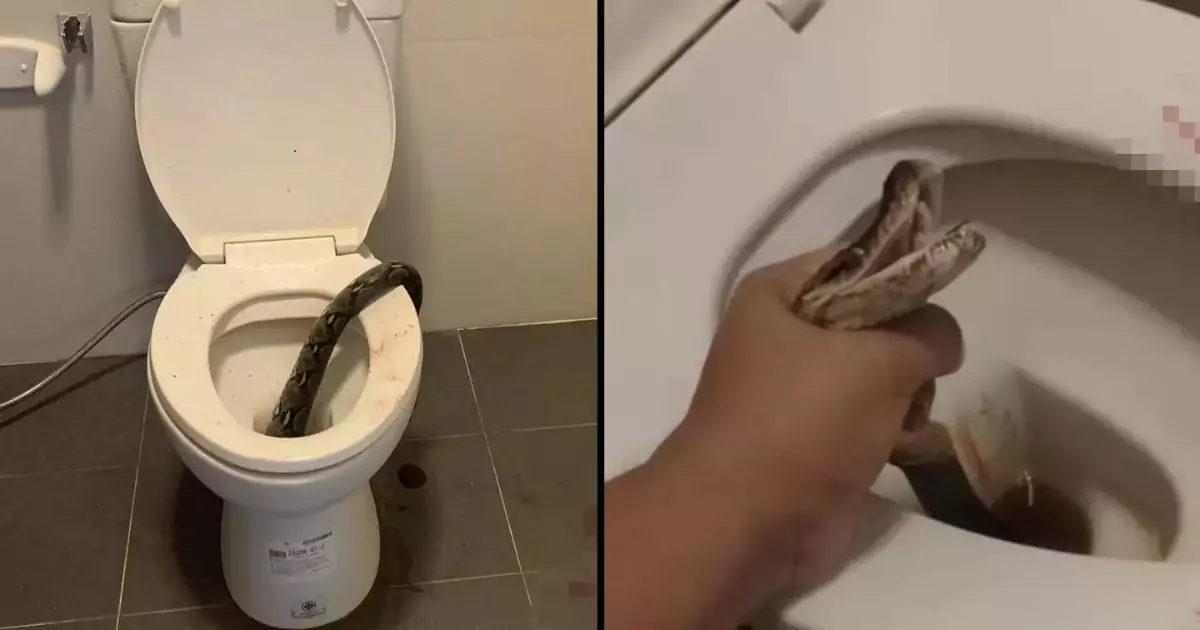
For many people, sitting on the toilet provides a brief moment of peace during a busy day. However, for one man in Thailand, this simple act turned into a terrifying experience when a 12-foot python bit him on the testicles. Thanat Thangtewanon, a Thai resident, never imagined that his restroom break would result in a hospital visit.
This bizarre incident is far from an isolated case in regions like Southeast Asia, where snakes sometimes find their way into homes through plumbing systems. While encounters like this are rare, they still pose a significant danger to unsuspecting individuals. Thanat’s story serves as a reminder that, in certain areas, it is essential to take precautions when using the toilet.
The Horrifying Encounter
Thanat recalled his experience vividly. He sat down on the toilet, expecting a few moments of calm. Within seconds, however, he felt an excruciating pain in his testicles. He immediately knew something was terribly wrong.
“I felt something biting my balls,” Thanat explained. “It was very painful, so I put my hands in the toilet to see what was wrong. I was shocked that I grabbed a snake.”
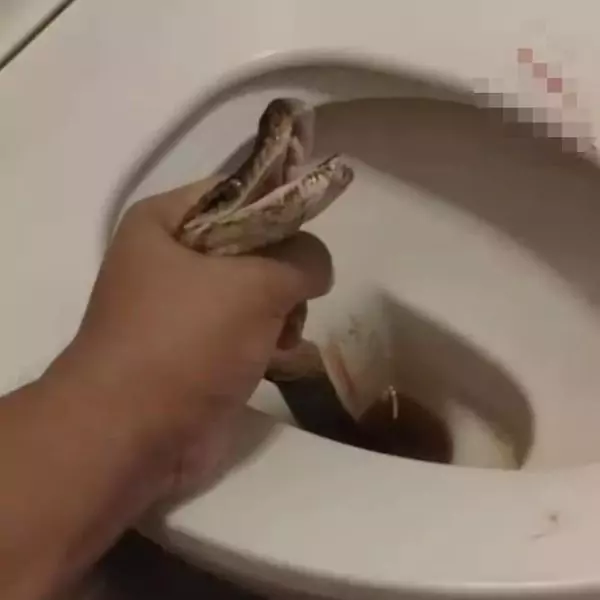
The python, a reticulated species common in Thailand, had slithered into his home through the plumbing system and was lurking in the toilet bowl.
Reacting quickly, Thanat stood up and grabbed a toilet brush to defend himself. He struck the snake repeatedly until it finally released its grip. Blood poured from the wound, but the python eventually died after the attack.
Thanat was rushed to the hospital, where doctors treated his injuries. Despite the terrifying nature of the bite, the damage to his testicles was less severe than expected. Medical professionals administered a tetanus shot, stitched up the wound, and assured him that he would recover within a few weeks.
“My testicles are safe now,” Thanat stated with relief. “I’m lucky it wasn’t a venomous snake. A cobra would have killed me.”
Why Snakes End Up in Toilets
Incidents like this, while rare, are not unheard of in countries like Thailand, where large pythons and other snake species thrive. Pythons, especially reticulated ones, often live in forests, swamps, and canals. However, as urban areas continue to expand into snake habitats, encounters between humans and snakes have become more frequent.
Snakes are drawn to toilets for a few reasons. Plumbing systems offer dark, cool, and moist environments that can attract snakes seeking shelter or prey. In older homes, cracks or gaps in the pipes provide easy entry points for snakes, allowing them to slither into the toilet bowl unnoticed. Additionally, heavy rains or flooding can force snakes to seek higher ground, bringing them into homes.
Thailand, in particular, has seen several such incidents over the years. While pythons are non-venomous, they are still dangerous due to their size, strength, and powerful jaws. The python that bit Thanat was 12 feet long—large enough to cause significant harm.
Other Cases of Snake Bites in Toilets
Thanat’s terrifying encounter is not the first of its kind. In 2016, a Thai man named Attaporn Boonmakchuay suffered a similar fate when a python latched onto his penis while he was using the toilet. Attaporn’s wife had to help pry the snake off, and he lost a large amount of blood before receiving emergency medical treatment. Like Thanat, Attaporn survived the ordeal but learned a valuable lesson about checking the toilet before sitting down.
These incidents highlight the risks of snakes entering toilets, especially in regions where snake populations are high. Although rare, such attacks are alarming and have prompted many people to take precautions when using the bathroom.
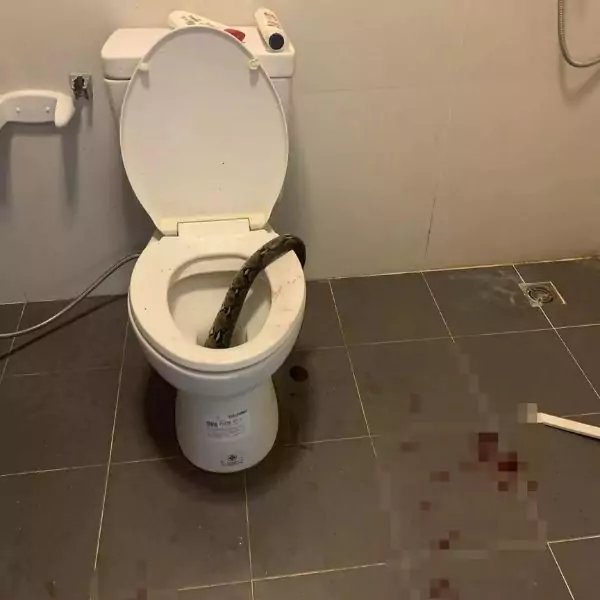
Precautions to Avoid Snake Encounters in Toilets
While it’s impossible to eliminate the risk of encountering a snake in a toilet entirely, there are several steps you can take to reduce the chances of this happening:
- Check the Toilet Before Use: Always look inside the toilet bowl before sitting down. A quick glance can save you from an unexpected and dangerous encounter. Using a flashlight in dimly lit bathrooms can also help you spot any lurking threats.
- Use a Toilet Brush to Stir the Water: Thanat now uses a toilet brush to check the bowl before using the restroom. This simple action can disturb any hidden snakes, making them retreat back into the pipes or alerting you to their presence.
- Install Fine Mesh Screens Over Plumbing Vents and Pipes: In areas where snake encounters are common, installing fine mesh screens over plumbing vents can prevent snakes from entering your home through the pipes. Make sure that any cracks or gaps in the plumbing are sealed to reduce the risk.
- Keep Bathrooms Clean and Well-Lit: Snakes are attracted to dark, damp places. Keeping your bathroom well-lit and dry can make it less appealing to these reptiles. Regularly clean your bathroom and ensure it is free of clutter where snakes could hide.
- Call a Professional for Snake Removal: If you suspect that a snake is in your plumbing system or have spotted one in your home, call a professional pest control or wildlife expert to remove it. Attempting to handle or remove a snake on your own can be dangerous.
- Keep Toilet Lids Closed When Not in Use: Closing the toilet lid can prevent a snake from easily entering the bathroom if it happens to make its way into the toilet bowl. This simple precaution adds an extra layer of safety.
- Install Modern Plumbing Fixtures: Consider upgrading older plumbing systems that may have gaps or cracks, which can serve as entry points for snakes. Modern fixtures and pipes can help reduce the likelihood of snakes entering through the plumbing system.
What to Do If a Snake Bites You
If you do find yourself in the unfortunate situation of being bitten by a snake, it’s essential to know how to respond:
- Stay Calm: Panicking can worsen the situation. If a snake bites you, try to remain as calm as possible to avoid elevating your heart rate, which could spread any venom more quickly (in the case of venomous snakes).
- Do Not Attempt to Remove the Snake Yourself: If the snake is still attached, avoid trying to pull it off, as this could increase the damage. In most cases, the snake will release its bite on its own. If it does not, call for help.
- Leave the Room: If the snake lets go, exit the bathroom immediately to avoid further attacks. Close the door behind you to trap the snake inside.
- Seek Medical Attention Immediately: Regardless of whether the snake is venomous or not, you should seek medical help right away. Pythons, while non-venomous, can still cause severe wounds with their sharp teeth, and infection is always a risk.
- Keep the Affected Area Still: If the bite is on a limb, try to keep the affected area as still as possible to reduce the spread of venom, if applicable.
- Clean the Wound: If medical assistance is not immediately available, clean the wound with soap and water to prevent infection.
An Unforgettable Experience and a Reminder to Stay Cautious
Thanat’s encounter with a python serves as a cautionary tale for anyone living in or traveling to areas where snake populations are high. While such incidents are rare, they are real, and taking precautions can prevent a similar disaster from happening to you.
Regularly check your toilet before use, install protective measures like mesh screens, and ensure your bathroom is well-lit and clean. Simple steps can go a long way in preventing an unexpected—and potentially dangerous—encounter with a snake.
For Thanat, the incident was a shocking wake-up call. As he wisely shared, “Every time I go, I check what’s inside and put a brush in there to make sure.” A little vigilance can save you from a lot of pain and ensure that your next bathroom break is safe and snake-free.





















